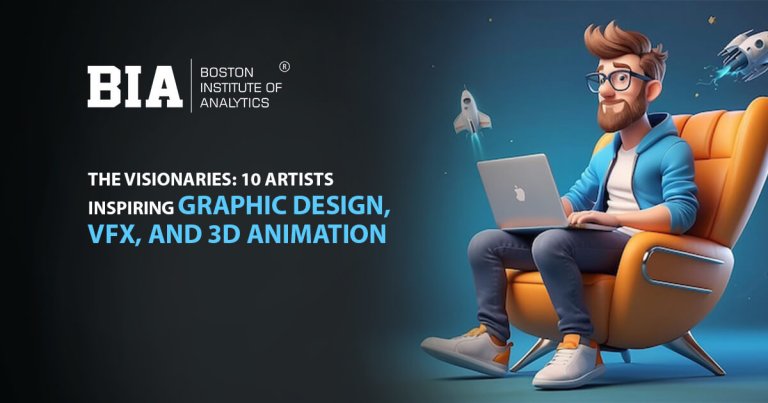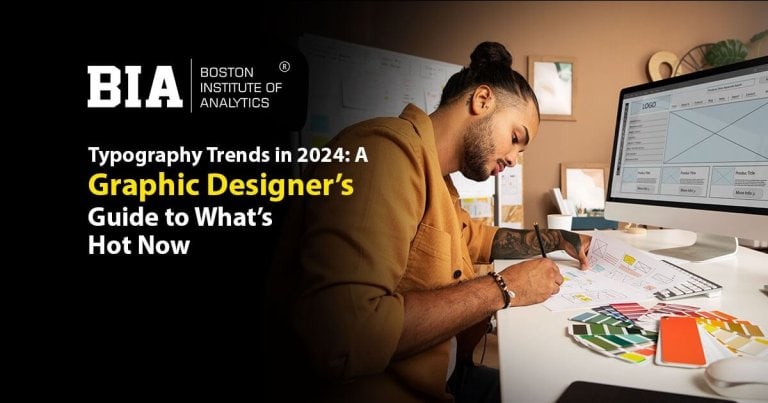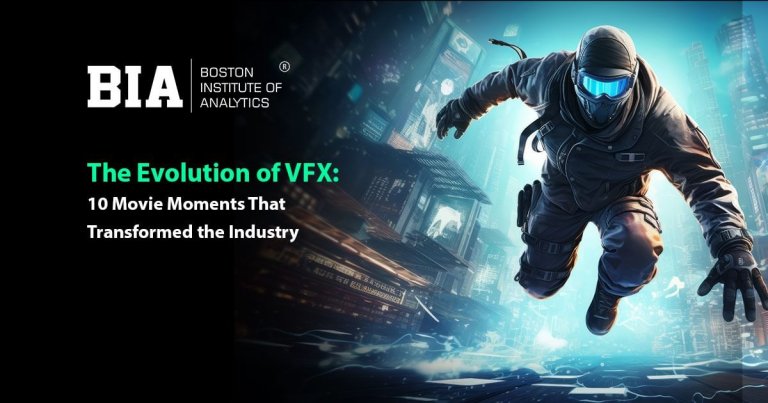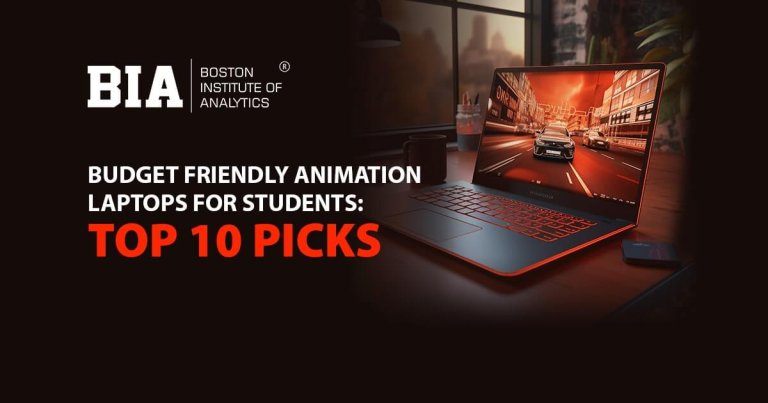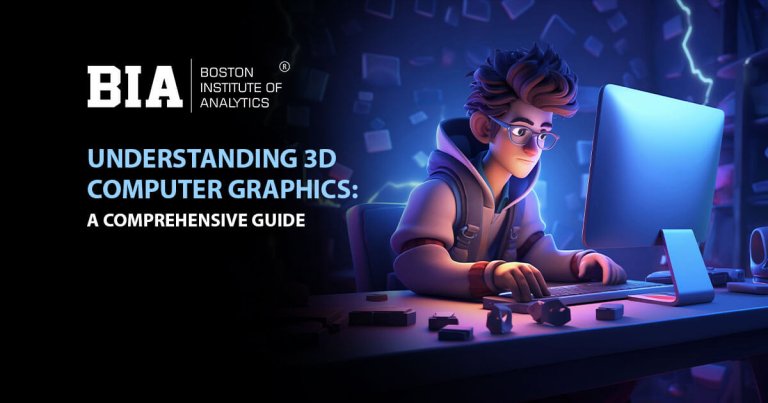Animating the Lab: The Art Behind MrBeast Lab: The Descent

In many respects, the advent of MrBeast Lab: The Descent reflects a meaningful shift for online creators in the way they’re telling stories through animation. The series is more than a YouTube spin-off. It embeds itself in stylized visual storytelling, with gleeful excessive action sequences and produced design.
What’s impressive is the execution of the animation itself. The characters have a range of expression, the motion design is crisp, and the environments feel cinematic. It doesn’t take just the action itself to captivate an audience in each scene, but the clever visual pacing and use of color psychology. The same theories taught in any best animation course are at play here in expanded ways for massive digital audiences.
This series illustrates the consequence of taking animation out of just being a medium and animating it as the message. It’s made with a thoughtful artistic vision, and demonstrates that any online-first animated entertainment can compete with traditional platforms with respect to both animation quality and storytelling ambitions.
Who’s Animating This and Why It Matters
The animation is handled by Stoopid Buddy Stoodios, a name that’s already familiar to anyone who’s watched Robot Chicken. Their work in stop-motion comedy has been sharp, fast, and consistently strange, in the best way. They’ve also brought that same visual edge to shows like Crossing Swords and M.O.D.O.K., blending physical humor with a strong grasp of visual timing.
Behind the scenes, this project brings together Matthew Senreich as executive producer and Sam Levine as showrunner. Senreich, who co-created Robot Chicken, knows how to build animation that moves quickly but doesn’t lose character. Levine’s credits include Wreck-It Ralph and DC League of Super-Pets, projects that required balancing large-scale visuals with character-driven storytelling.
That mix of backgrounds makes sense here. This isn’t a long-form series or a one-off animated sketch. It’s short-form storytelling built for the internet, punchy, visual, and fast-moving. Having people who’ve done both studio work and rapid-fire comedy gives the series a real foundation. The style might be experimental, but the hands behind it are steady.

Visual Style & Animation Flavor
Visually, The Descent is loud in the best way. Think high-saturation, punchy colors, and exaggerated motion, like the kind of anime you’d watch on cable around 2006, right before flipping channels to catch Yu-Gi-Oh! or Ben 10. The character designs pop. Not over-designed, but sharp, clean, and stylized enough that they’d still be recognizable as fan art on a T-shirt.
What really stands out is the energy. Every scene moves. There’s barely any stillness, characters are always shifting weight, hair’s always catching light, and the camera cuts fast, almost too fast, but never messy. It works.
The cool part? The monsters. Hybrid beast forms, shadow creatures that pulse and glitch, it gives the animators room to go wild with hand-drawn effects. There’s this lab-tech-meets-myth vibe that makes even the techy stuff feel organic. And then you’ve got “The Shroud,” which looks like some kind of glowing darkness (if that makes sense), perfect excuse for flashy lighting rigs and 2D effects overlays.
Bottom line: this isn’t just animation that fills space between dialogue. It’s clearly been designed to be rewatched, screen-capped, slowed down. Every frame wants to slap.
Behind the Scenes – Production & Challenges
They are developing a 20-episode series of short 2D animations that will release in Fall 2025. Each episode is a couple of minutes long. This tight format allows little room for filler and absolutely no lazy shots. Each moment had to be built with clarity, especially for the younger audience we are targeting because if we don’t land visually, we don’t land with the story.
The most difficult part has been taking the toy designs and boundaries to develop characters that actually move! It’s one thing for the toys to look neat, it’s another story to animate them. To get the rigs to operate and move – especially with the stiffer shapes – forced us to rethink how limbs bend where weight shifts, and how to communicate a pose even with fewer frames. A lot of it is just good keyframing and knowing you do not have to go full movement to sell some motion.
Because it’s action-heavy, timing’s everything. When a character powers up or transforms, we need it to hit hard—but not overwhelm. Effects, squash-and-stretch, and impact frames all play a role, but we’re always making sure the character performance stays front and center. It’s a balancing act, and it’s made us sharper storytellers.
Learning Outcomes for Animation Students
• Adapting styles
It’s important to know what to take from non-moving designs. Faces, silhouettes and recognizible shapes generally stay the same. Proportions may be altered for moving actions. Simplifying business and removing sometimes exaggerated detail can help with clearer animation.
• Rhythm of movement for short animations
Under 1 minute, pacing becomes more important than detail. Even fast set-ups still get potential beats on an animation. Transitional moments can purposefully drive narrative. Each key pose should be doing a lot of work – an action that moves the story forward or reveals important information to the viewer.
• Use of effects
Layered and animated effects (i.e. smoke, or shadows, or blinking lights), added to hybrid creatures, tech-laden, or fast animations – helps add to visual density. Frame-by-Frame effects convey chaos, while compositing can be an organized way to merge and connect animated 2D overlapping layers with animated 3D frames with the same animated rhythm visually.
• Working together to tell a story
Character design is merely a starting point. Real emotion comes from how timing, framing, and motion are adapted together by directors, animators, and editors. Our job is to turn fixed concepts into living feelings.
• Nostalgia with a modern pop
When we reference retro anime, we aren’t trying to copy that style, we want the tension, contrast, and clarity. Full colors, sharp highlights, and flexible timing take our nostalgic moods and place it into the quick-cut, energy-rich modern world.
Final Thought – The Big Picture in Animation
MrBeast Lab: The Descent isn’t just a flashy branded short—it’s a sharp reminder of what good animation can do in a few minutes. Every frame pushes the story forward. The character designs feel purposeful, the pacing is tight, and the effects never distract—they amplify. It’s not trying to be deep, but it nails the basics with energy and style. For anyone studying animation, especially those taking up one of the best 2D animation courses in bengaluru, this is the kind of work that’s worth pausing and rewatching. It teaches more in five minutes than some lectures do in an hour.
Animation Course in Mumbai | Animation Course in Bengaluru | Animation Course in Hyderabad | Animation Course in Delhi | Animation Course in Kolkata | Animation Course in Thane | Animation Course in Chennai | Animation Course in Pune


